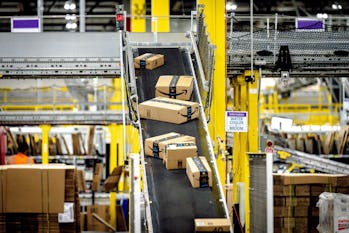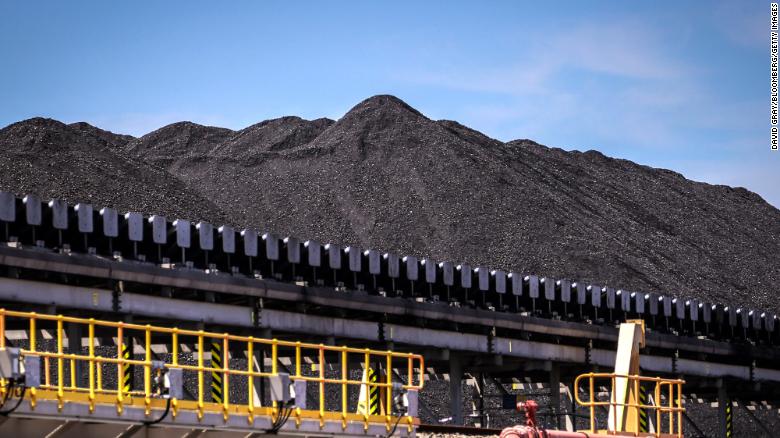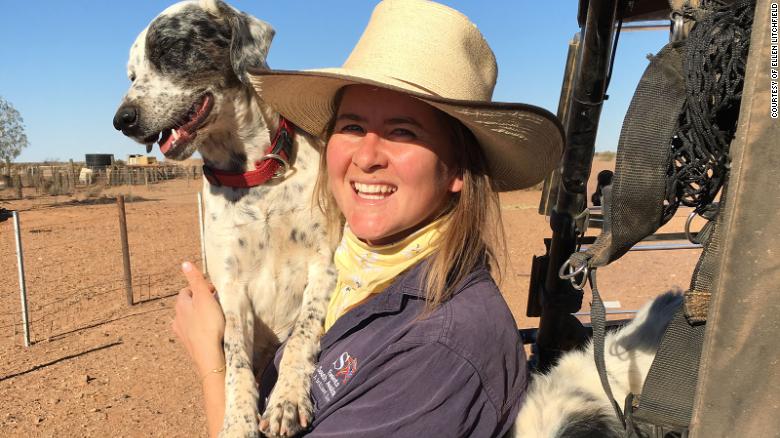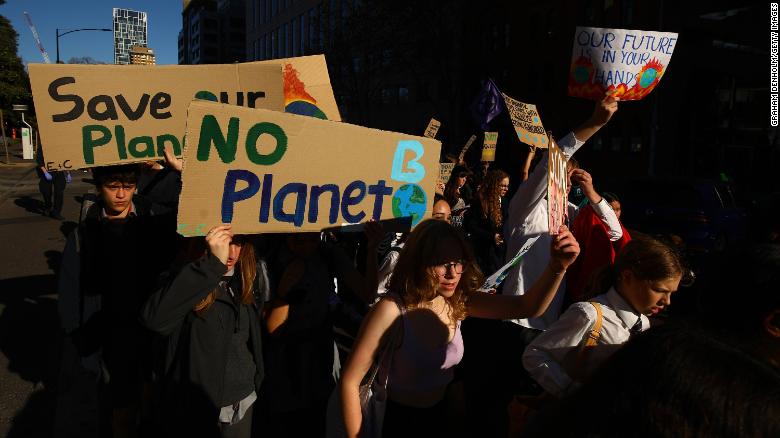By Tereza Pultarova
The volcanic eruption on Spain's La Palma island shows no signs of stopping.

A burning lava scar on the La Palma island seen from the International Space Station (Image credit: Roscosmos/Novitsky)
New images from space of the La Palma volcano eruption in the Canary Islands show the unstoppable river of lava flowing into the Atlantic Ocean just as locals report new earthquakes in the region.
The burning lava scar on the western flanks of La Palma, one of the islands of the Spain-governed Canary archipelago off the coast of northwest Africa, glows brightly in nighttime images captured by U.S. Earth observation company Maxar Technologies on Thursday (Sept. 30). The images clearly reveal the area on the left where the lava flow spills into the Atlantic Ocean at the secluded Playa Nueva beach near the town of Tazacorte.
The Volcanic Institute of the Canaries (Involcan) reported the solidifying lava has created a new penninsula, that is already larger than 25 soccer pitches, The Guardian reported.
Related: Bright lava flows, smoke pour from La Palma volcano eruption in new Landsat photos
The image, shared by Novitsky on Thursday (Sept. 30), shows a glowing lava river considerably outshining the urban network of lights as the island and the surrounding ocean hide in darkness.
"Yesterday Pyotr Dubrov and I managed to capture the volcano's magma from the ISS at night," Novitsky said in the tweet.
The European Union's Copernicus Earth observation program also shared new images of the ongoing eruption today, saying that more than 1,000 buildings have been buried in the boiling stream of lava since the eruption started on Sept. 19.
Over 1.4 square miles (3.6 square kilometers) of land have been buried so far as the eruption shows no signs of stopping. A series of mild earthquakes up to the magnitude of 3.5 shook the island on Friday (Oct.1) and a new lava-spewing fissure opened about 1,310 feet (400 meters) north from the original crater of the Cumbre Vieja volcano, according to Sky News.
More than 6,000 people including hundreds of tourists have been evacuated since the eruption started and three coastal villages are currently locked down as geologists worry the boiling lava mixing with cool sea water might release toxic gases.
The eruption, the first for Cumbre Vieja since 1971, had been preceded by more than 20,000 mild Earth tremors in the week prior to the first fissure opening. Involcan predicts the eruption may continue for weeks or even months.
DANIEL ROCA and BARRY HATTON
Fri, October 1, 2021
LOS LLANOS DE ARIDANE, Canary Islands (AP) — An erupting volcano on a Spanish island off northwest Africa blew open two more fissures on its cone Friday that belched forth lava, with authorities reporting “intense” activity in the area.
The new fissures, about 15 meters (50 feet) apart, sent streaks of fiery red and orange molten rock down toward the sea, parallel to an earlier flow that reached the Atlantic Ocean earlier this week.
The volcano was “much more aggressive,” almost two weeks after it erupted on the island of La Palma, said Miguel Ángel Morcuende, technical director of the Canary Islands' emergency volcano response department.
Overnight, scientists recorded eight new earthquakes up to magnitude 3.5.
The eruption was sending gas and ash up to 6,000 meters (almost 20,000 feet) into the air, officials said.
The prompt evacuation of more than 6,000 people since the Sept. 19 eruption helped prevent casualties.
A new area of solidified lava where the molten rock is flowing into the sea extends over more than 20 hectares (50 acres).
Officials were monitoring air quality along the shoreline. Sulfur dioxide levels in the area rose but did not represent a health threat, La Palma’s government said.
However, it advised local residents to stay indoors. It also recommended that people on the island wear face masks and eye protection against heavy falls of volcanic ash.
The volcano has so far emitted some 80 million cubic meters of molten rock, scientists estimate — more than double the amount in the island’s last eruption, in 1971.
The lava has so far destroyed or partially destroyed more than 1,000 buildings, including homes and farming infrastructure, and entombed around 709 hectares (1,750 acres).
La Palma, home to about 85,000 people who live mostly from fruit farming and tourism, is part of the volcanic Canary Islands, an archipelago off northwest Africa that is part of Spain's territory.
The island is roughly 35 kilometers (22 miles) long and 20 kilometers (12 miles) wide at its broadest point. Life has continued as usual on most of the island while the volcano is active.
___
Hatton reported from Lisbon, Portugal.












Thu, September 30, 2021,
LOS LLANOS DE ARIDANE, Canary Islands (AP) — The surface of Spain's La Palma island is continuing to expand as lava from a volcano flows into the Atlantic Ocean and hardens when it comes into contact with the water, European Union scientists said Thursday.
Copernicus, the European Union's Earth observation program, said Thursday that its satellite imagery showed a D-shaped tongue of molten rock building up on the island's western shore measured 338 hectares (835 acres) by the end of Wednesday.
Trade winds typical of Spain's Canary Islands were helping dispel the plumes of water vapor and toxic gases that result when the lava with a temperature of over 1,000 degrees Celsius (1,800 F) meets the ocean, where the water is 22 degrees Celsius (71.6 F).
But authorities were on alert because Spain's weather forecaster, AEMET, indicated the wind's direction could change later Thursday and bring the toxic plumes toward the shore and farther inland.
The hydrochloric acid and tiny particles of volcanic glass released into the air can cause skin, eye and respiratory tract irritation.
The direction the lava flow could take was also a source of concern. Molten fluid emanating from the volcano that first erupted on Sept. 19 was still running downhill like a river and then tumbling over a cliff into the Atlantic. But uneven terrain could make the lava overflow its current path, spread to other areas, and destroy more houses and farmland.
At least 855 buildings and 30 kilometers (18.6 miles) of roads, as well as other key infrastructure, have been wiped out so far. Banana plantations that are the source of income for many islanders have also been either destroyed or damaged by volcanic ash.
Over 6,000 residents have been evacuated so far, and hundreds more were advised to stay home to avoid the possible inhalation of toxic gases. No casualties or injuries have been reported among La Palma residents since the eruption began.
La Palma, home to about 85,000 people, is part of the volcanic Canary Islands, an archipelago off northwest Africa. The island is roughly 35 kilometers (22 miles) long and 20 kilometers (12 miles) wide at its broadest point.








































